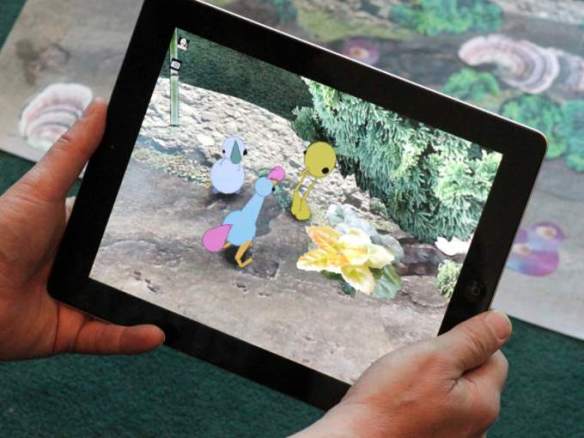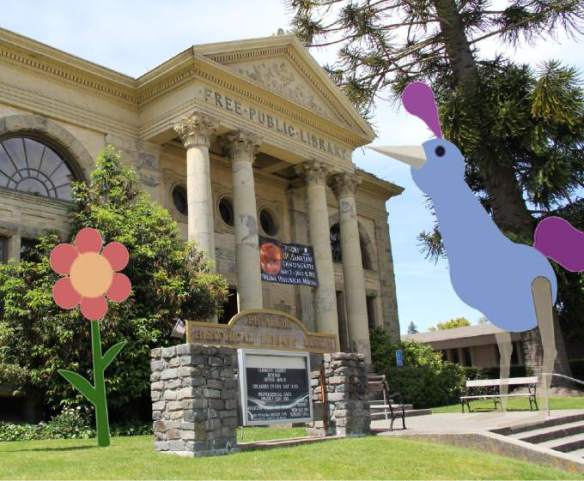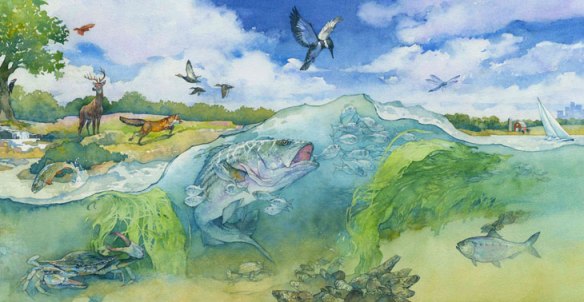Petaluma’s primary newspaper, the Petaluma Argus Courier, just ran a great piece about Wiggle Planet.

Wiggle Planet has developed a software platform that allows for the creation of emotionally intelligent animated characters that can inhabit the world around us through geolocation-based augmented reality.
“Petaluma startup’s educational app plays with reality”
What if you could open a book and have the characters spring to life from the pages to play and interact with? It sounds like fantasy, but the creative minds at Petaluma-based Wiggle Planet, are making it reality — an “augmented reality” that has the potential to disrupt the educational and entertainment industries.
Founded by Jeffrey Ventrella in 2012, Wiggle Planet has developed a software platform that allows for the creation of emotionally intelligent animated characters that can inhabit the world around us through geolocation-based augmented reality. Differing from virtual reality, augmented reality is a layer of the digital world on top of the real world. Augmented reality incorporates the real world as opposed to virtual reality that is designed to escape it.
It sounds complex, but for the average person it’s simple. The user downloads a Wiggle Planet app and through it is able to see and interact with a unique variety of animated characters called Wiglets that are “artificially alive.” Through the software they’ve developed, the Wiglets incorporate artificial intelligence, virtual physics and genetic inheritance, which make them completely different from the characters in video games.
“They are dynamic characters that can be used in particular for storytelling,” said John Lester, lead technology evangelist for Wiggle Planet. “They are not pre-programmed or scripted agents. They are artificially alive. They have dynamic, evolving behaviors. And the best way to summarize it is this: it’s augmented reality plus artificial life as an overlay on the physical world.”
Check out the full article for lots of great information!

Peck Peck, an animated character created by Wiggle Planet, stands outside the Petaluma Historical Library & Museum.
-John “Pathfinder” Lester
Lead Technology Evangelist, Wiggle Planet



















